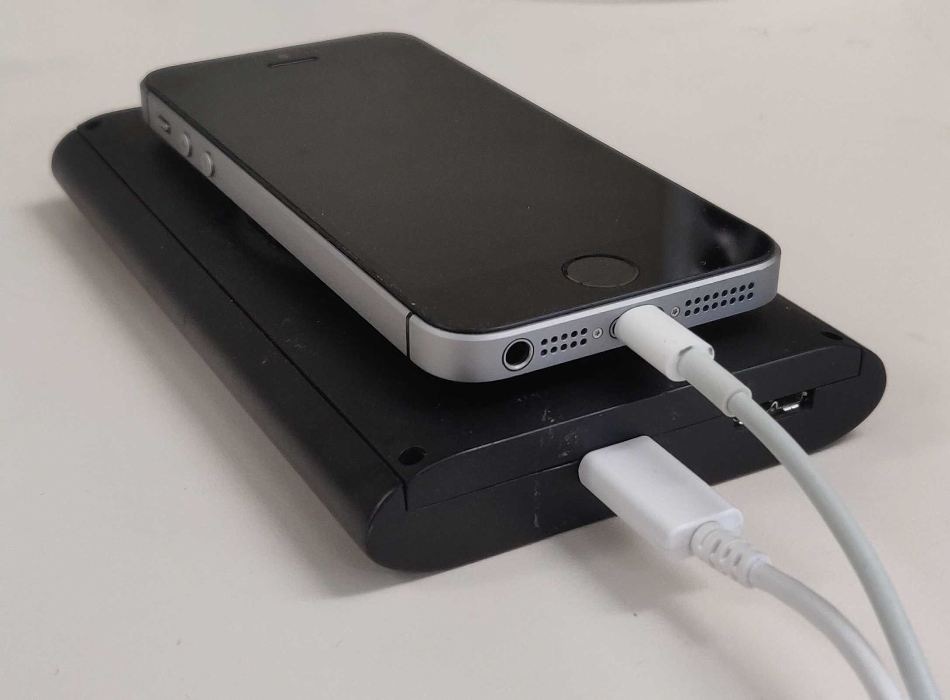May 6 2019
A radar system built by researchers at the University of Waterloo can wirelessly track the vital signs of patients, removing the need to connect them to any machines.
 Photo of radar box next to a smartphone. (Image credit: University of Waterloo)
Photo of radar box next to a smartphone. (Image credit: University of Waterloo)
Stored in a device smaller than a cellphone, the new technology records breathing and heart rates using sensitive radar waves that are examined by advanced algorithms fixed in an onboard digital signal processing unit.
Scientists created the system to track sleep apnea patients by detecting minor chest movements rather than hooking them to equipment in labs via several unwieldy wires.
We take the whole complex process and make it completely wireless. And instead of a clinic, it could be done in the comfort of your own bed and run daily for continuous monitoring.
George Shaker, Cross-Appointed Engineering Professor, University of Waterloo.
In the research, the radar unit was mounted to the ceiling above the bed of over 50 volunteers as they slept typically in a model long-term care apartment.
The system, which gathers and examines data from radar waves that are reflected back to the unit from the bodies of patients, attained results more than 90% as accurate as regular hard-wired equipment.
“This is the first time radar has been used for heart sensing with this degree of accuracy and in such an uncontrolled environment,” said Mostafa Alizadeh, a research associate who led the research. “Our subjects slept unobstructed, in any position, for up to eight hours.”
Scientists are also investigating the use of the technology to track activity levels and falls by residents of long-term care homes, and in hospitals for standard monitoring of breathing and heart rates of all types of patients.
Benefits of the system for apnea monitoring include total privacy as no cameras are used, much better comfort, and potential use in homes instead of special sleep clinics.
“With traditional systems involving wires and appointments booked weeks in advance, you can’t sleep as you normally do in your own bed at home, making the common sleep study an unpleasant experience,” said Shaker, a cross-appointed professor of electrical and computer engineering, and mechanical and mechatronics engineering.
Besides sleep apnea, which involves breathing that recurrently stops and starts, the system can track conditions such as restless leg syndrome, periodic limb movement disorder, and seizures.
Alizadeh and Shaker teamed up with Waterloo professors Plinio Pelegrini Morita and Safeddin Safavi-Naeini, and Joao Carlos Martins de Almeida, a professor at the University of Campinas in Brazil.
A paper on their research, “Remote monitoring of human vital signs using mm-wave FMCW radar,” has been published in the journal IEEE Access.